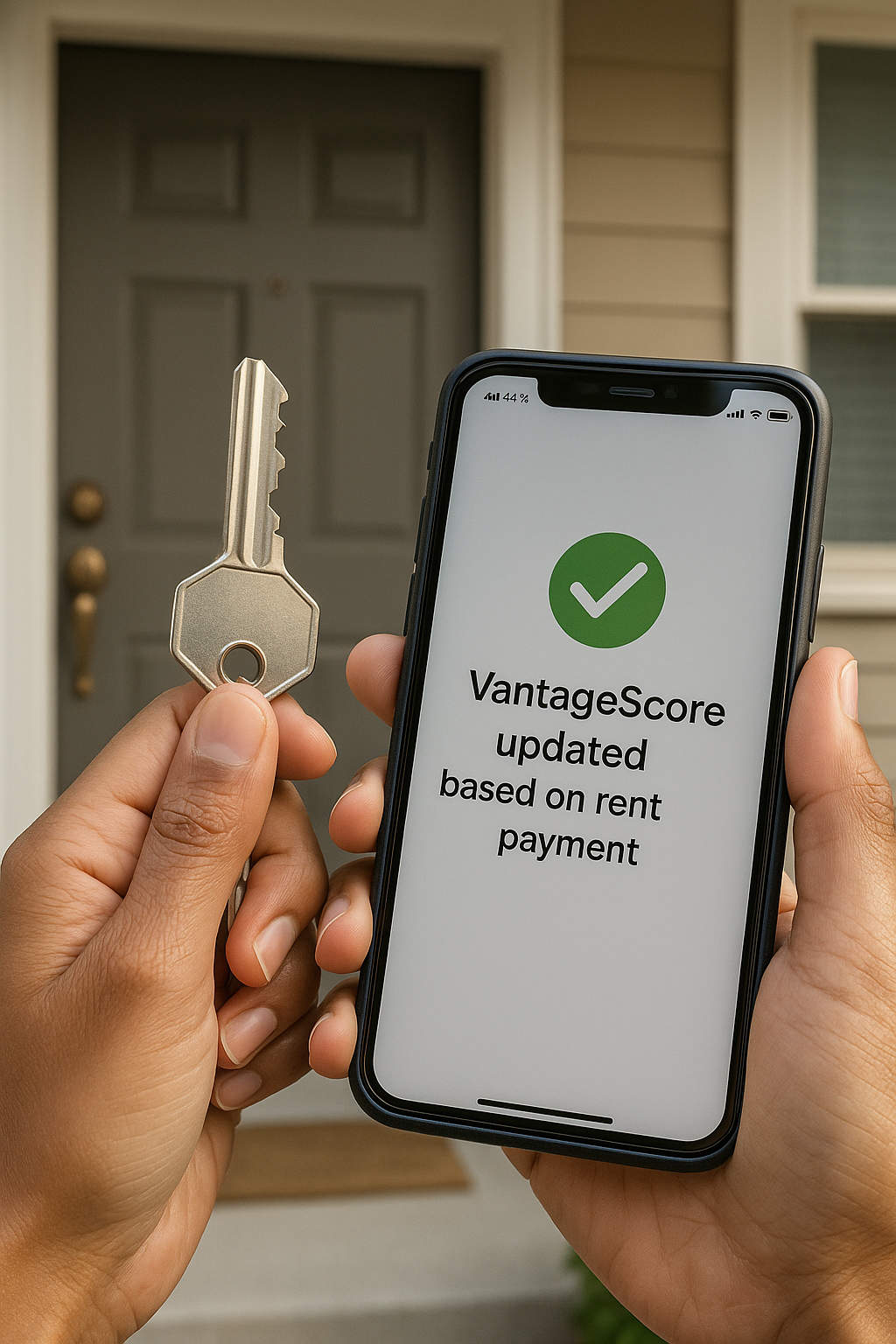
As young Latinos in the U.S., we know that starting a professional life and building a secure future often comes with unique financial challenges. We’re working hard to establish ourselves, but we also face systemic hurdles in the credit world.
In fact, the median credit score for Latino consumers in the U.S. is 673, trailing behind the national median (NCLC). To change this, we must be sharper than anyone else.
Your credit card is one of the most powerful tools for building a strong financial future, but it requires a solid strategy. Paying on time is crucial, but what does “on time” really mean? It means understanding three key dates in your credit card cycle. Master these, and you master your credit.
The Statement Date: Where Your Score is Calculated
The Statement Date (sometimes called the Closing Date) is the day your credit card issuer closes your monthly billing cycle and calculates your total outstanding balance.
This date is significant because of what it reveals about your spending habits, particularly for your Credit Utilization Ratio: the amount of credit you’re using versus the total amount you have available.
- The Cut-Off: Any charges you make after this date will appear on your next statement.
- The Big Number: The total balance on this statement is the amount the credit issuer will likely report to the credit bureaus.
- The Strategy: To keep your credit score high, you want the balance reported to be as low as possible. We are financially astute, with 53% of Hispanic cardholders reporting paying their bills in full each month in 2021 (FINRA Foundation). We can use this date to show our responsibility by paying down the balance before the statement date hits.
Pro-Tip: Aim to use less than 30% of your total credit limit. The closer you get to 0% utilization, the better it is for your score.
The Due Date: Protecting Your Wallet and Your History
The Due Date is the official deadline for you to pay at least the Minimum Payment Due. This date typically falls around 21 days after your Statement Date, which is your grace period (the time you have to pay the bill before the issuer charges you interest on new purchases).
- The Penalty Avoidance: Missing this date means your credit card company will hit you with late fees (which can be steep!).
- The Credit Impact: Even more critical, if your payment is 30 days or more past the Due Date, the issuer will report the late payment to the credit bureaus. A single 30-day late payment can severely damage your credit score, making it harder and more expensive for us to get mortgages, auto loans, and even rent an apartment.
- Interest Charges: If you do not pay the statement balance in full by the Due Date, you lose your grace period, and the card company will start charging interest on the remaining balance and any new purchases you make.
Our Goal: Always pay at least the statement balance in full by the Due Date. If you can only pay the minimum, you will save your credit score, but you’ll owe interest, which slows down your ability to build wealth.
The Reporting Date: Your Score’s Moment of Truth
The Reporting Date is when your credit card issuer officially sends a snapshot of your account activity (including your current balance, credit limit, and payment status) to the three major U.S. credit bureaus: Equifax, Experian, and TransUnion.
This date is often unlisted on your bill, but it is one of the most important dates for managing your credit score.
- Its Timing: For most U.S. credit cards, the Reporting Date happens right around your Statement Date (closing date).
- The Importance of Low Balances: Since the Reporting Date dictates the balance the bureaus see, a high balance on this day translates to a high Credit Utilization Ratio on your credit report. This is a common and costly mistake.
- The Pay Strategy: To ensure a low balance is reported, aim to make a payment before the Statement Date. This is how you strategically boost your score by showing the bureaus you use your credit wisely but don’t need to use all of it.
For young Latinos who already face a credit score gap, being proactive about this date is not just good practice, it’s essential for closing that gap and ensuring we get the best rates available to us.
Putting It All Together: A Plan for Financial Success
Understanding these three dates is the difference between simply using a credit card and mastering it. Here’s a simple strategy to keep your credit healthy and our financial future strong:
- Find Your Dates: Locate the Statement Date (Closing Date) and the Due Date on your monthly bill. Assume the Reporting Date is your Statement Date.
- Set Up Alerts: Use your credit card’s mobile app or a calendar alert to remind you of the Due Date at least three days in advance.
- Pay Early, Pay Smart: Aim to make your payment before the Statement Date. This ensures that a very low (or zero) balance is reported to the credit bureaus on the Reporting Date, improving your Credit Utilization Ratio and boosting your score.
- Monitor Your Progress: Regularly check your credit report and score (you can do this for free annually with all three bureaus in the U.S.) to ensure accurate reporting and track the impact of your payment habits.
By taking control of these three dates, we move from just paying bills to actively building a strong, successful financial foundation in the U.S.
👉 Ask Gabi anything, anytime.
Stay tuned! We got you!







